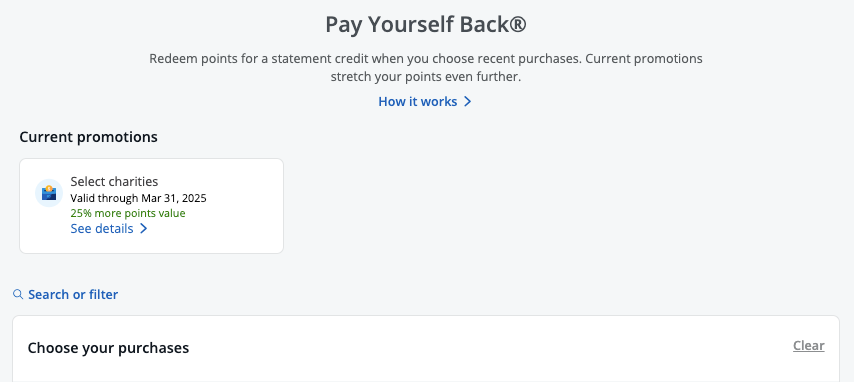Stephen Au
Stephen Au
Former Senior Content Contributor
476 Published Articles
Countries Visited: 24U.S. States Visited: 22
Stephen is an established voice in the credit card space, with over 70 to his name. His work has been in publications like The Washington Post, and his Au Points and Awards Consulting Services is used...
Edited by: Michael Y. Park
Michael Y. Park
Senior Editor and Content Contributor
42 Published Articles 876 Edited Articles
Countries Visited: 60+U.S. States Visited: 50
Michael Y. Park is a journalist living in New York City. He’s traveled through Afghanistan disguised as a Hazara Shi’ite, slept with polar bears on the Canadian tundra, picnicked with the king and que...
& Kellie Jez
Kellie Jez
Director of Operations & Compliance
6 Published Articles 1292 Edited Articles
Countries Visited: 10U.S. States Visited: 20
Kellie’s professional experience has led her to a deep passion for compliance, data reporting, and process improvement. Kellie’s learned the ins and outs of the points and miles world and leads UP’s c...
![Is Chase’s Pay Yourself Back Feature Worth It? [Detailed Guide]](https://upgradedpoints.com/wp-content/uploads/2025/06/Chase-Sapphire-Preferred-Beach-Plants-Upgraded-Points-LLC-2.jpg?auto=webp&disable=upscale&width=1200)



![Citi Rewards+® Card — Full Review [2025]](https://upgradedpoints.com/wp-content/uploads/2022/08/Citi-Rewards-Credit-Card.png?auto=webp&disable=upscale&width=1200)
![Chase Slate® Card — Full Review [2024]](https://upgradedpoints.com/wp-content/uploads/2018/03/Chase-Slate-Card.png?auto=webp&disable=upscale&width=1200)
![Disney Premier Visa Card — Full Review [2025]](https://upgradedpoints.com/wp-content/uploads/2018/03/Disney-Premier-Visa-Card-Art-1.png?auto=webp&disable=upscale&width=1200)
![IHG® Rewards Club Select Credit Card — Full Review [2025]](https://upgradedpoints.com/wp-content/uploads/2018/03/IHG-Select-Card.jpg?auto=webp&disable=upscale&width=1200)